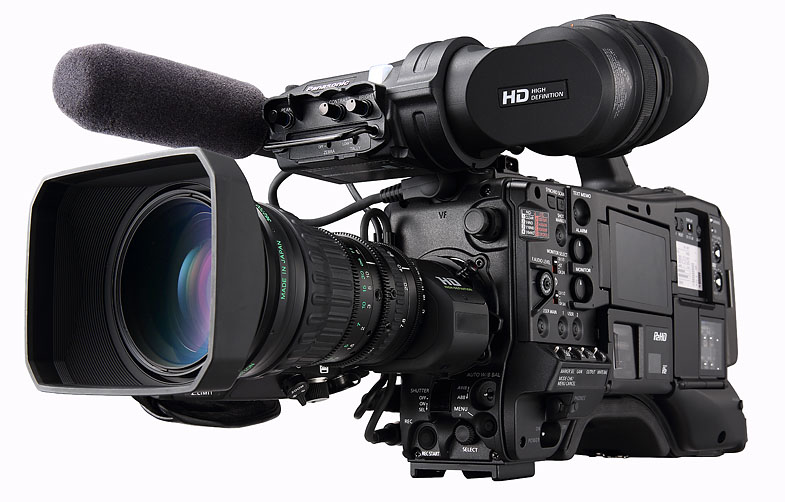
- Search
-
Login
-
0
ComparisonAdd products to compare, then they will appear here and you can compare parameters.
-
0
0 €Nothing in the basket.
Panasonic introduces P2Cast
Panasonic has introduced P2Cast, a cloud-based news production system that leverages the network features of the company's next-generation P2HD camcorders with AVC-ULTRA recording - the AJ-PX5000G, AJ-PX800 and AJ-PX270. P2Cast integrates these camcorders' network capabilities so content uploaded to the cloud is immediately available for reviewing and editing.
P2Cast dramatically expedites the delivery of news to air, while at the same time expanding the editing function to any device connected to the internet. A major P2Cast advantage is its ability via the cloud to move low bit rate, yet high-quality proxy video off a camcorder in the field, create a video sequence of the desired clips, and then allow newsroom systems to automatically pull back high-resolution video for air from the camera. This high-resolution video can range in quality from AVC-LongG12 through AVC-Intra100, depending on preference and available bandwidth.
AVC-ULTRA cameras in the field are connected with the newsroom through mobile networks (4G/LTE, Wi-Fi, or dedicated connection) and the cloud, making it possible to instantly produce news out of events as it occurs. The service has been tested for several months by major international and domestic broadcasters, including Time Warner Cable NY1 News, the cable network's 24-hour news channel in New York City. P2Cast is immediately available in the United States and Europe on a free trial basis through September 2015, at which time the service becomes chargeable.
The AVC-ULTRA camcorders will require a firmware upgrade that enables the cameras to communicate with P2Cast. The firmware is available for the AJ-PX5000G, and the AJ-PX270, the AJ-PX800 P2Cast-ready firmware will be available in 3Q 2015.
P2Cast Workflow Features:
– Proxy file sharing. Shared storage is prepared on the server. The proxy files uploaded from camcorders can be browsed and played from stations. The proxy file can be downloaded and used for breaking news.
– Highlight editing, high-quality footage transfer. At a station, the editor can highlight edit (In point / Out point) the proxy files that have been uploaded on the server, thus creating and EDL (Edit Decision List) and transfer it to the camera. Based on the EDL, the camera selects just the desired high-quality footage and transfers it back to the server.
– New, efficient workflows using metadata. Cameras and cameramen are pre-assigned IDs and metadata is sent from the newsroom to the camcorders in the field. Metadata can be automatically recorded with footage shot in the field, and the data can then be used in the editing process to dramatically increase the searchability of the raw footage and shorten the time required for archiving and targeting secondary uses.

